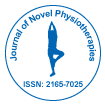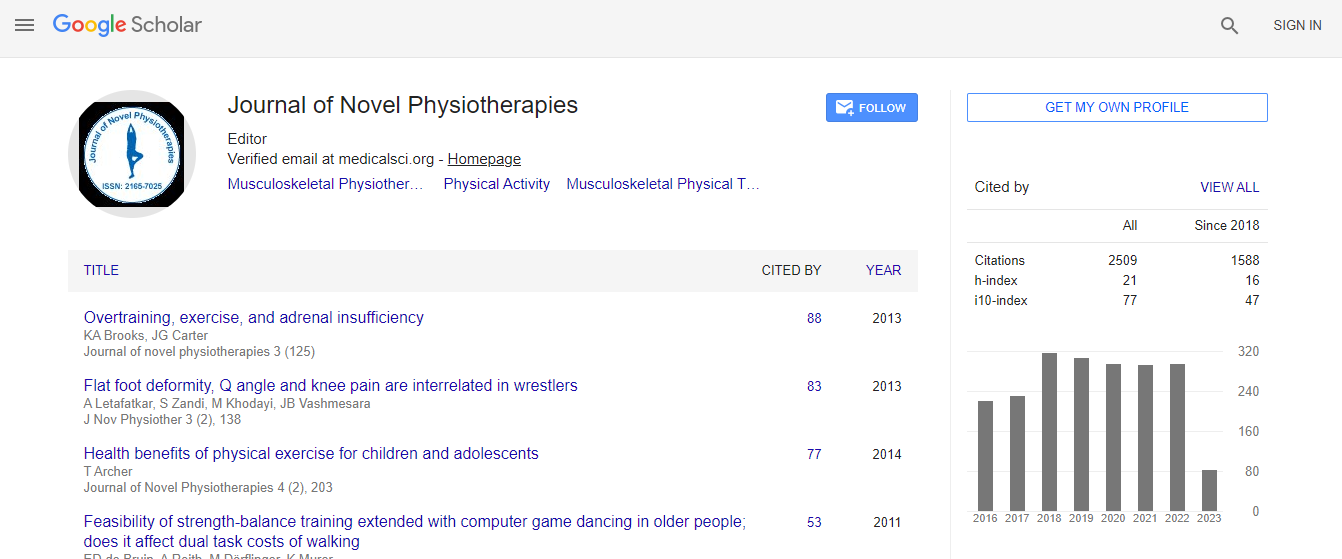Research Article
Sensory Electrical Stimulation for Recovery of Hand and Arm Function in Stroke Patients: A Review of the Literature
| Koki Ikuno1*, Atsushi Matsuo2 and Koji Shomoto2 | |
| 1Department of Rehabilitation Medicine, Nishiyamato Rehabilitation Hospital, Nara, Japan | |
| 2Department of Health Science, Faculty of Health Science, Kio University, Nara, Japan | |
| Corresponding Author : | Koki Ikuno Department of Rehabilitation Medicine Nishiyamato Rehabilitation Hospital 3238-6, Kanmaki, Kanmaki-cho, Kitakatsuragigun, Nara 639-0214, Japan Tel: +81-745-71-6688 Fax: +81-745-71-1111 E-mail: pt.k.ikuno@gmail.com |
| Received September 04, 2012; Accepted September 26, 2012; Published September 29, 2012 | |
| Citation: Ikuno K, Matsuo A, Shomoto K (2012) Sensory Electrical Stimulation for Recovery of Hand and Arm Function in Stroke Patients: A Review of the Literature. J Nov Physiother S1:007. doi:10.4172/2165-7025.S1-007 | |
| Copyright: © 2012 Ikuno K, et al. This is an open-access article distributed under the terms of the Creative Commons Attribution License, which permits unrestricted use, distribution, and reproduction in any medium, provided the original author and source are credited. | |
Abstract
Background: Sensory amplitude electrical stimulation has been reported to induce changes in corticospinal excitability. The aim of this review is to evaluate the effects of sensory electrical stimulation on hand and arm function in stroke patients.
Methods: A literature search was undertaken to locate papers that used sensory electrical stimulation in stroke patients. The methodological quality of each study was assessed using the Physiotherapy Evidence Database (PEDro) score.
Results: Ten studies were considered suitable for inclusion in this review. Six of the 10 studies provided the PEDro score, with the mean (standard deviation) score being 5.7 (1.0). There were no adverse effects in any of the studies. In only one study, the patients with acute stroke were included. There was much study of patients with mild arm hemiparesis. Most studies reported that sensory electrical stimulation was delivered at 10 Hz with pulse duration of 1 millisecond for 2 hours at the paretic wrist (median and/or ulnar nerve). Five studies reported sensory stimulation should not be used in isolation, but rather in combination with task training, to improve arm and hand function.
Conclusions: Sensory electrical stimulation may improve hand and arm function if it combines with functional task training in patients with mild arm paresis but there are no studies with high methodological quality. In addition, it is uncertain whether sensory electrical stimulation would be of benefit for patients with severe paresis and be effective in the acute phase. Therefore, the results of this review remain inconclusive due to a lack of suitable randomized controlled trials.

 Spanish
Spanish  Chinese
Chinese  Russian
Russian  German
German  French
French  Japanese
Japanese  Portuguese
Portuguese  Hindi
Hindi 
